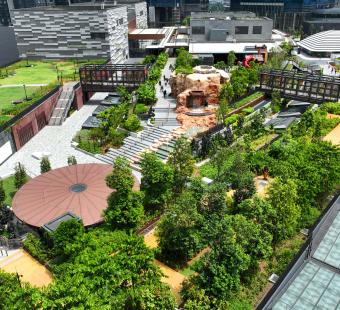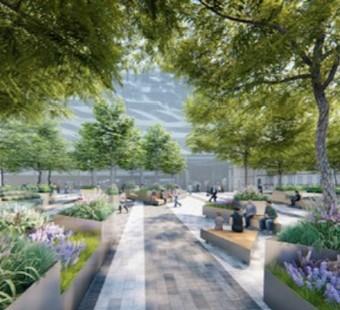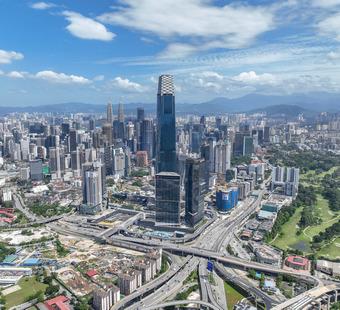Despite its proximity to the iconic Bukit Bintang shopping district, Imbi is underdeveloped, the images it previously conjured up are of crowded, weathered urban corner.
With the coming of TRX, the whole area is getting a much-needed makeover.
We saw the revitalisation started with the relocation of Imbi Market to ICC Pudu, with its better infrastructure and cleaner environment.
On the way is a new city mall built underneath a park, co-developed by TRX and Lendlease, and premium residential developments to complement a shopper’s paradise that will grow out of the extension of the shopping belt from Bukit Bintang.
Every shopper has to eat, and there will be no shortage of F&B outlets cropping up in TRX and the surrounding neighborhoods to suit various palates and budgets, from food kiosks, al fresco cafes, family restaurants, international food halls, tapas bars and pubs.
Fine dining restaurants with international flavours will be perfect to entertain corporate clients and foodies who wish to indulge in exquisite food.
Perhaps KL’s next Michelin star will come to the Imbi area soon!
Add in vibrant entertainment, which likely to include concert halls, theatres and independent art galleries, and Imbi can even be a cultural destination.
The MRT interchange in TRX, the only one in the city centre, will make TRX a transit hub, an essential component to urban living that will help shape the new modern face of Imbi.
Jamie Azman, Vice-President of a multi-national company in the Golden Triangle, is looking forward to this.
He said, “I don’t go to Imbi but if it’s upgraded, I would like to check it out especially for business functions, meetings and corporate dining. My family and I would be keen to see performing arts events being offered too.”
Julie Lim, a city dweller who works in Intermark and lives in Bukit Bintang said she wants to see “green spaces, friendlier pedestrian infrastructure and recycling culture forming part of KL’s new identity.”
The green ethos is echoed by Jack Lee, who said, “An ample green lung accessible to urbanites living and working in the city is what I consider one of the most important aspects of development projects.”





